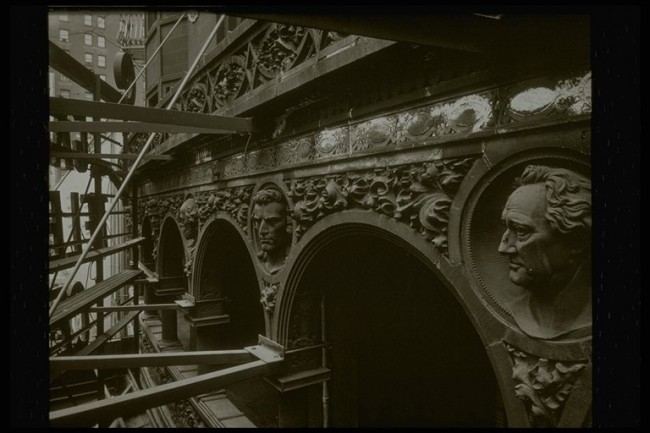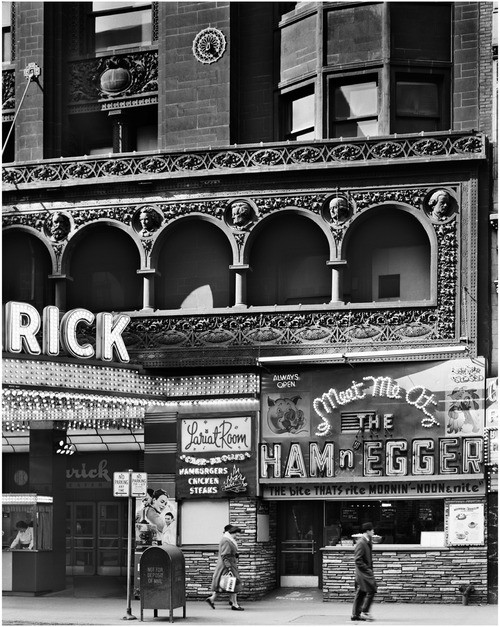
19th century louis sullivan-designed exterior schiller building facade terra cotta block featuring richly embellished and highly detailed foliage – northwestern terra cotta company, chicago, il.
51-17874-13
Category
Louis SullivanAbout This Item
original late 19th century intricately designed and deeply embossed ornamental terra cotta building fragment designed by notable chicago prairie school architect louis h. sullivan for the schiller (later garrick ) building completed in 1891-2. the exterior corner block features a richly embellished leaf in high relief. the original cream-colored finish has darkened considerably due to prolonged exposure to soot and other air pollutants over the decades. the terra cotta fragment was fabricated by the northwestern terra cotta company, chicago, il. the non-extant late 19th century terra cotta-clad schiller theatre building was designed by architects louis sullivan and dankmar adler of the firm adler & sullivan for the german opera company. at the time of its construction, it was one among the tallest buildings in downtown chicago. The building’s focal point was an elaborately designed 1,300-seat theater noted for its highly organic-themed plaster ornament and remarkable acoustics. opened in 1892, the schiller theater was originally funded by german investors and was projected to be used for german-language operas and cultural events. one of the more tangible references to its german heritage was a series of terra cotta busts of prominent german figures integrated within the second story arcade. the theater changed its name and duties over the following decades. it was briefly known as the dearborn theater from 1898 to 1903, until finally settling on the name garrick theater. after german investors backed out of the project in the late 1890’s, it ceased its german performances, and exhibited touring stage shows. in the 1930’s the theater was acquired by balaban & katz and subsequently used as a television studio and movie theater. after a long decline that began during the depression, the garrick was razed in 1960 and replaced with a parking structure. the demolition instigated a large outcry and is considered to be one of the first wide scale preservation efforts in chicago. photographer and historical preservationist richard nickel spearheaded an effort to document and rescue hundreds of architectural artifacts from the building shortly before and during its demolition. 8″ x 12″ x 12″.









